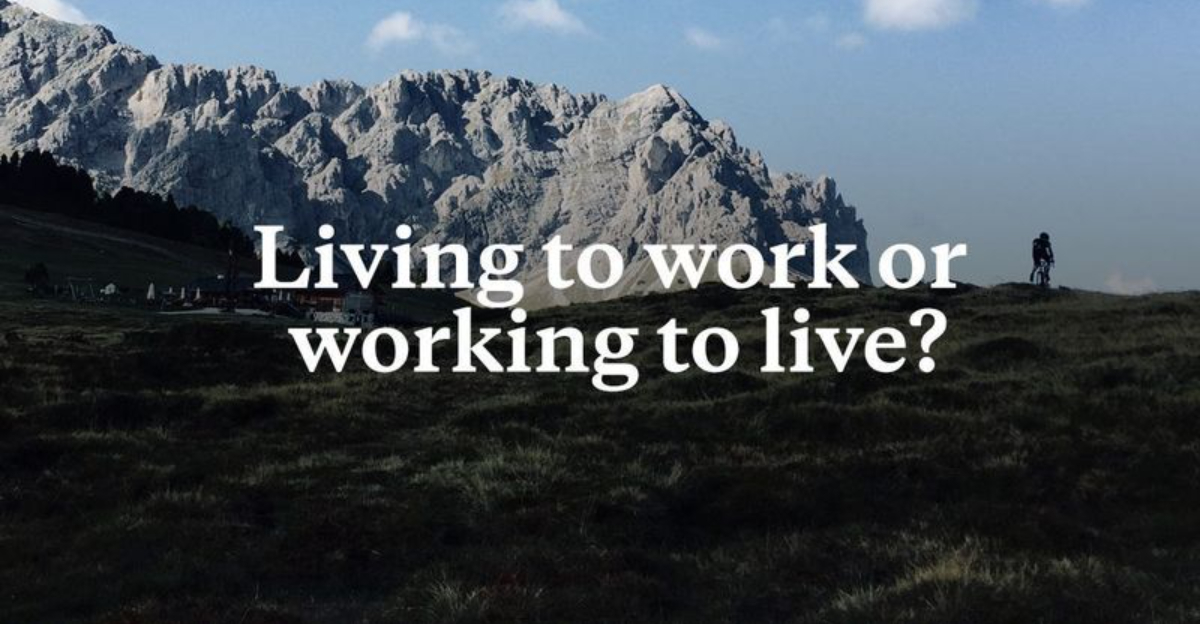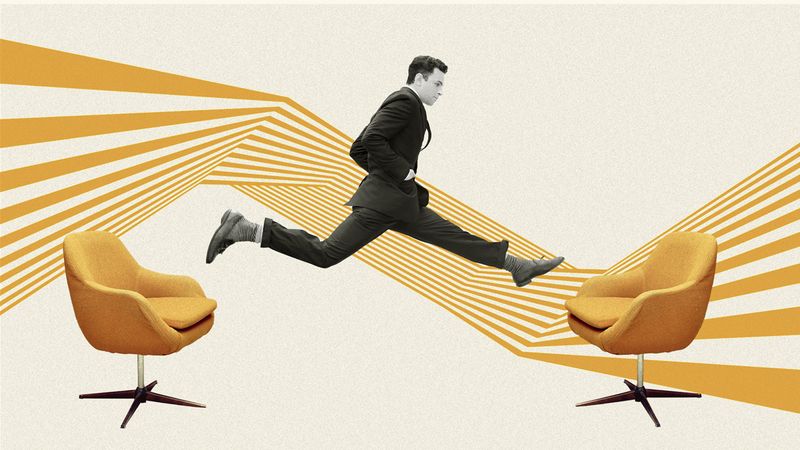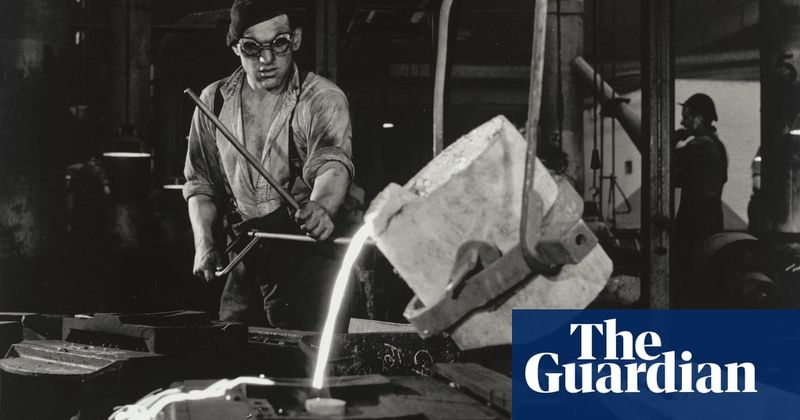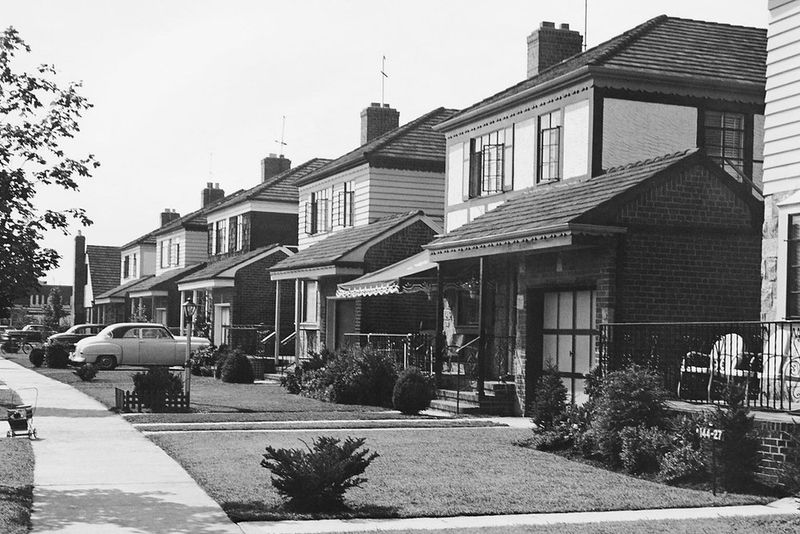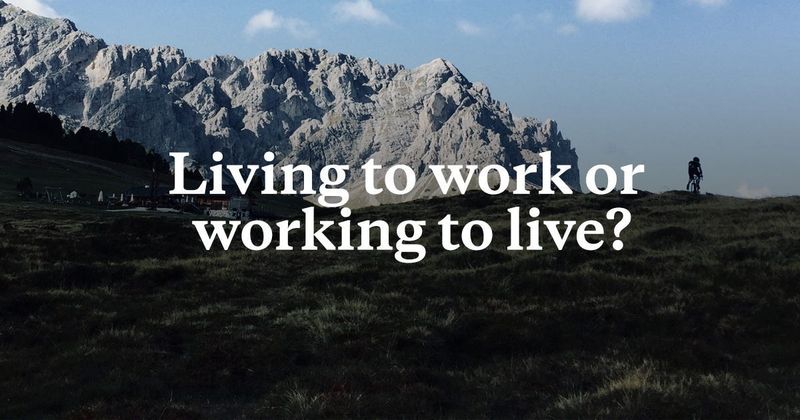The American workplace has transformed dramatically over the past 75 years.
What once seemed like permanent fixtures of working life have vanished, while technological advances have reshaped our professional experiences in ways our grandparents could never imagine.
Looking at how work has changed reveals not just economic shifts, but deeper changes in our values, relationships, and everyday lives.
1. Job Stability vs. Job Flexibility
Remember when gold watches for 30 years of service were common? In 1950, a single company often employed workers from apprenticeship through retirement. Career paths were predictable and secure.
Today’s professionals change jobs every 4-5 years on average. The gig economy, remote work, and project-based employment have replaced lifetime positions. While we’ve gained freedom to reinvent ourselves, we’ve sacrificed the community and security of long-term workplace relationships.
2. Predictable Hours vs. Always On
Factory whistles once signaled the clear boundary between work and personal time. When 5 o’clock struck in 1950, work simply ended. Weekends and evenings belonged exclusively to family and leisure.
Modern professionals check emails at dinner and answer Slack messages at midnight. The smartphone has erased work-life boundaries, creating constant availability. While we’ve gained flexibility about when and where we work, we’ve lost sacred spaces completely free from professional demands.
3. Manual Labor vs. Knowledge Work
Callused hands and physical exhaustion marked the typical 1950s worker. Manufacturing, agriculture, and trades dominated the economy, with workers producing tangible goods they could point to with pride.
Today’s economy runs on information. We manipulate data, create digital assets, and provide services that often exist only virtually. Our work environment has become safer and physically easier, but many workers miss the satisfaction of creating something they can touch and feel.
4. Face-to-Face Communication vs. Digital Interaction
Handshakes sealed deals in 1950. Business relationships were built through in-person meetings, long lunches, and direct conversations that revealed personalities and built trust through physical presence.
Zoom meetings and email threads have replaced most face-to-face interactions. We can collaborate instantly with colleagues worldwide, but often miss subtle social cues and spontaneous hallway conversations that spark innovation. Digital efficiency has come at the cost of human connection.
5. Dress Codes vs. Dress for Comfort
The uniform of American business once left little room for personal expression. Men wore suits and ties daily, while women navigated strict dress codes that required skirts, stockings, and heels even for clerical positions.
Silicon Valley’s casual revolution has transformed workplace attire. CEOs now wear hoodies, and many employees dress comfortably according to personal preference. This shift represents more than convenience—it reflects a democratization of the workplace and greater emphasis on results over appearances.
6. Unions vs. the Gig Economy
Union membership reached its peak in the 1950s, with one-third of American workers enjoying collective bargaining power. These organizations secured pensions, healthcare, and regular raises that built the middle class.
Today, only about 10% of workers belong to unions. Instead, millions work as independent contractors without benefits or protections. The freedom to set your own hours comes with responsibility for your own healthcare, retirement, and financial security during downturns.
7. One Income vs. Two-Income Households
A factory worker’s salary in 1950 could support a family of four, buy a house, and put kids through college. The single-income household represented the achievable American Dream for millions of families.
Housing costs alone now consume over 30% of household income in many cities. Two professional salaries often barely cover what one blue-collar job once provided. While women’s workplace participation has soared, economic necessity rather than choice often drives this shift.
8. Pensions vs. 401(k)s
Golden years once meant genuine financial security. After decades of service, 1950s workers received guaranteed monthly pension checks that maintained their standard of living throughout retirement.
The shift to 401(k)s transferred retirement risk from employers to employees. Market downturns can devastate retirement savings, and many workers lack sufficient financial literacy to manage complex investment decisions. While offering portability between jobs, these plans have left millions financially vulnerable in their elder years.
9. Single Career vs. Continuous Reinvention
Mastery once defined professional identity. A 1950s toolmaker, nurse, or accountant could learn their craft once and practice it for decades with minimal changes to core skills.
Today’s professionals must constantly adapt to automation, AI, and evolving technology. Software developers see their skills become obsolete every few years. Healthcare workers navigate entirely new systems and treatments. This continuous learning keeps work intellectually stimulating but creates ongoing stress about remaining relevant.
10. Work as Support vs. Work as Identity
“What do you do for a living?” In 1950, this question received straightforward answers: teacher, mechanic, salesman. Work provided resources for life’s true priorities: family, community, and leisure.
Modern professionals often answer with passionate descriptions of their startup, creative endeavors, or mission-driven work. For many, careers have become primary sources of meaning and purpose. While this shift has created more fulfilling work, it’s also blurred the boundaries between productivity and personal worth.
